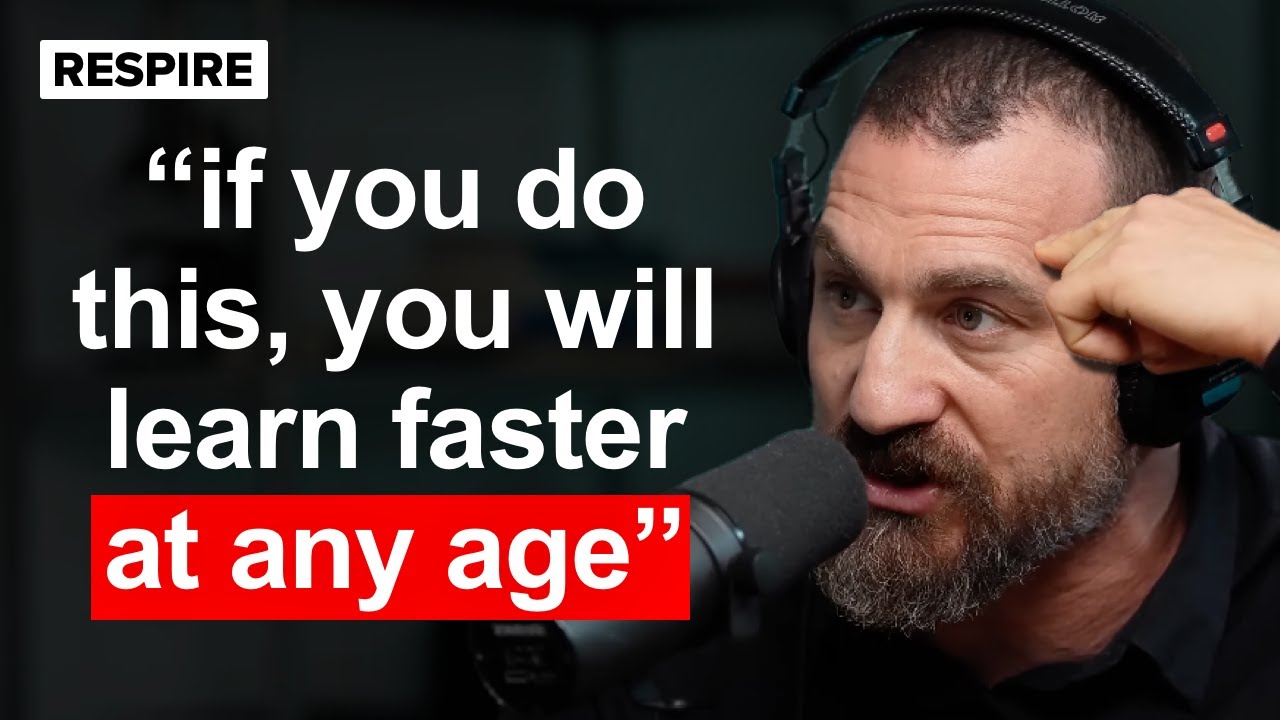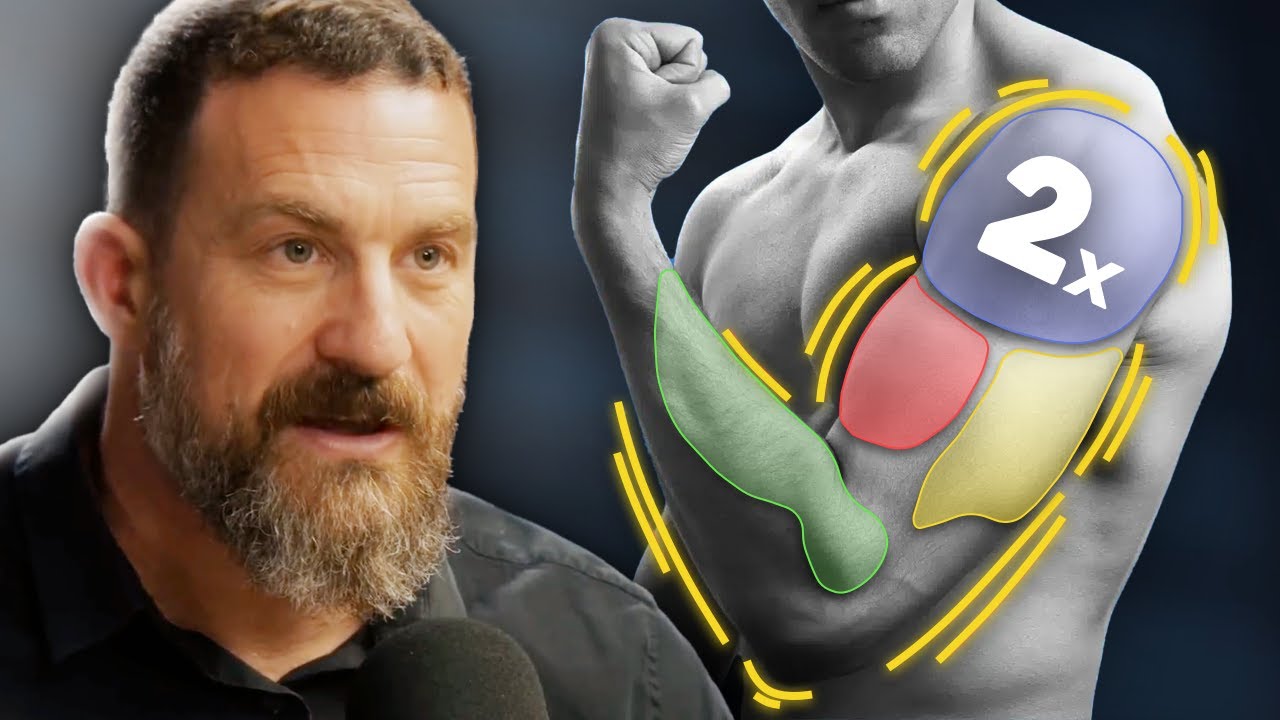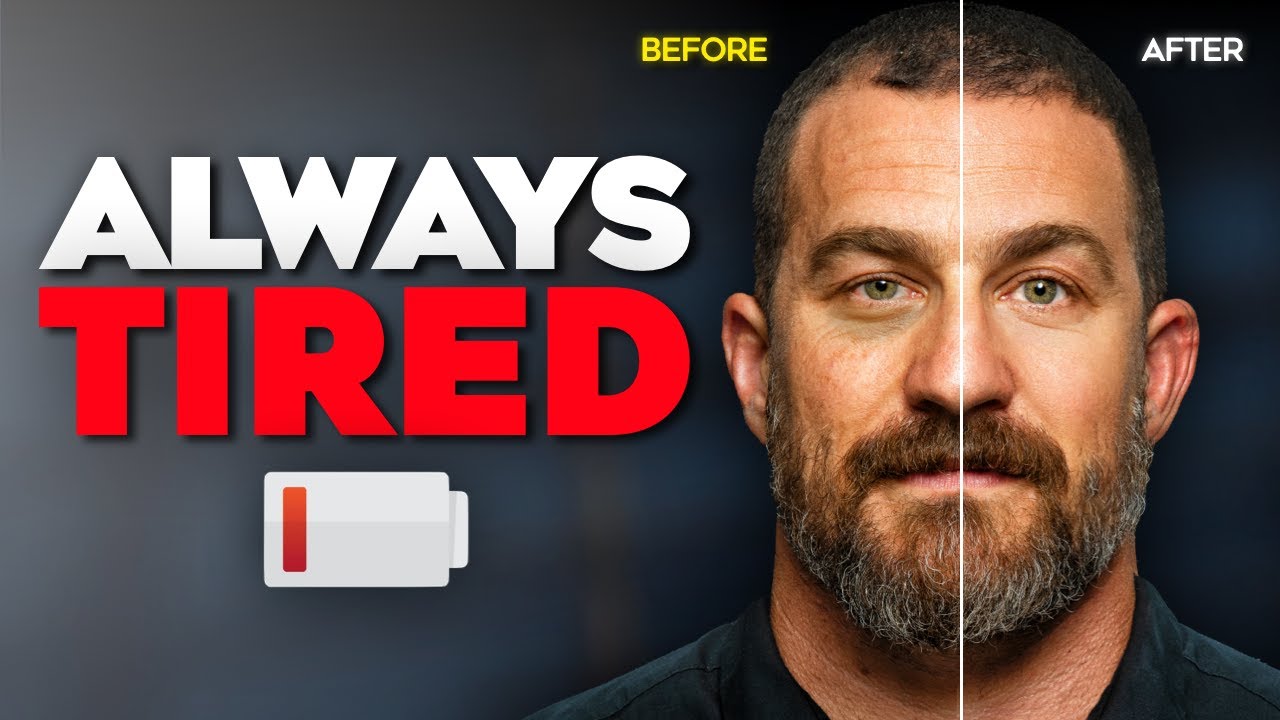Many people believe that our ability to learn new skills declines sharply after our mid-20s. While it’s true that the brain’s plasticity—the ability to adapt, rewire, and learn—slows with age, it doesn’t vanish. In fact, groundbreaking neuroscience reveals that adult brains are capable of remarkable transformation, provided we understand how to activate the right chemical pathways.

What Is Neuroplasticity and Why Does It Matter in Adulthood?
Neuroplasticity refers to the brain’s ability to form new neural connections. In childhood and adolescence, this plasticity is highly active, allowing us to learn languages, motor skills, and social behaviors with ease. But around age 25, plasticity begins to taper. That doesn’t mean adults can’t learn—it just means we need to approach learning differently.
For adults, the secret to unlocking cognitive flexibility lies not in raw talent or natural ability but in the brain’s response to errors and frustration. These emotional and chemical signals set the stage for learning and adaptation.
Why Mistakes Trigger Brain Growth
The nervous system doesn’t interpret words like “failure” or “mistake.” Instead, it responds to neurochemical signals. When we attempt a task—be it playing piano, coding, or learning a new language—and fail, our brain releases stress-related chemicals like epinephrine (adrenaline) and acetylcholine.
- Epinephrine heightens alertness.
- Acetylcholine focuses your attention on the exact details of the mistake.
- Dopamine, which is released when progress is made (even small wins), provides a reward signal that says, “This is working—keep going.”
This triad of neurochemicals forms the foundation of adult learning. When released together, they trigger powerful rewiring in the brain, enhancing memory, skill acquisition, and cognitive performance.
The Power of Frustration: A Signal, Not a Stop Sign
For many adults, frustration feels like failure. But from a neuroscientific standpoint, frustration is a biological cue that learning is underway.
When you struggle to master a new skill and feel the urge to quit, that’s the precise moment when your brain is primed to change. Walking away trains your nervous system to associate failure with avoidance. But if you continue—especially for just 7 to 30 more minutes—you send a clear signal: “Something needs to change.” This triggers plasticity.
How to Structure Your Learning for Maximum Brain Gains
To accelerate learning as an adult, you must approach it in focused, deliberate sessions. Neuroscientific research supports using ultradian cycles, which are natural 90-minute blocks of heightened attention, for deep work and skill development.

Here’s how to structure your brain training:
- Start with a clear goal. Focus on one small skill or concept per session.
- Expect distraction. The first 5–10 minutes are a warm-up—don’t judge yourself for drifting.
- Enter a deep focus window. Between minutes 10 and 60 is your peak performance time. Stay visually focused and minimize interruptions.
- Embrace errors. Intentionally allow yourself to make mistakes. This creates the essential chemical feedback for neuroplasticity.
- Push through for 7–30 minutes of struggle. This “frustration window” is where real rewiring happens.
- Repeat after rest. Return to the same skill after a good night’s sleep or a nap, and you’ll find your performance has improved significantly.
Dopamine on Demand: The Psychology of Belief
A fascinating and underappreciated aspect of learning is the brain’s ability to release dopamine based on subjective belief. Simply telling yourself, “These mistakes are making me better,” can cause your brain to release dopamine and enhance your learning response.
This isn’t magical thinking—it’s rooted in biology. Your mindset can literally shift your brain chemistry.
Tip: Develop a habit of celebrating small errors as stepping stones. This rewires your brain to associate challenge with reward, which is critical for long-term learning.
Practical Applications for Adults
Whether you’re training for a new career, learning a musical instrument, or simply trying to stay mentally sharp, these principles apply. Here are some easy ways to integrate them:
- Microlearning: Break lessons into small, focused bursts. Don’t cram.
- Schedule smart: Identify when your mind is naturally most alert (morning, mid-day, etc.) and plan learning around that time.
- Train with intent: Choose one objective per session—less is more.
- Use physical cues: Set a timer for your learning window. When the timer starts, so does your commitment.
- Allow rest: Neuroplasticity consolidates during sleep. Protect it.

Final Thoughts: Train Your Brain Like a Muscle
Learning as an adult requires intention, repetition, and a willingness to face discomfort. But discomfort is a good thing—it means your brain is engaged. By using frustration and error as fuel, you can retrain your mind to grow, adapt, and thrive well into adulthood.
Understanding how to activate adult neuroplasticity doesn’t just help you learn faster—it builds resilience, boosts motivation, and increases confidence across all areas of life.
Ready to rewire your brain for success? Start with one focused session this week. Choose a task that challenges you, embrace the mistakes, and let your brain do the rest. For more strategies on brain health, performance nutrition, and cognitive enhancement, explore my latest articles or schedule a consultation.



